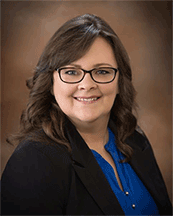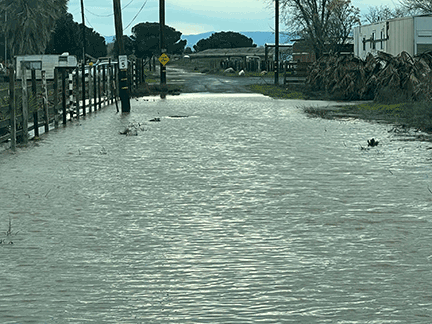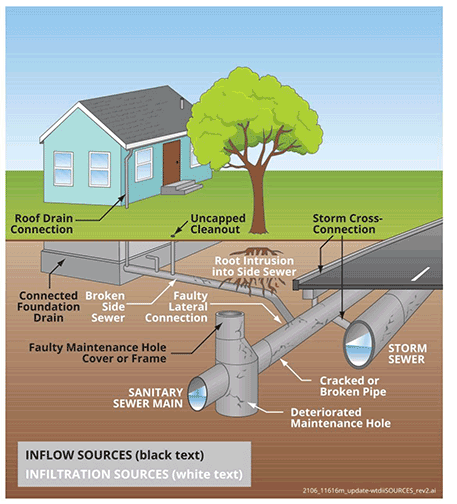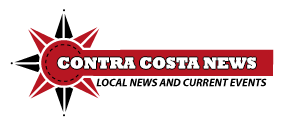As a local resident and current president of the Ironhouse Sanitary District Board of Directors, I have had the opportunity to observe both the effects of prolonged droughts as well as severe storms on the regions sewer system.
Over the past few weeks, we have experienced significant storm events, and we’re being told that this pattern is not expected to change in the near future. As a concerned Board and Community Member, I wanted to take an opportunity to share my views and provide some useful information on what we can all do to help manage this situation within the City of Oakley and on Bethel Island.

Dawn Morrow
What is I&I and how does it affect you and me?
The recent, and still occurring series of storms demands our attention in many ways. Ironhouse Sanitary district utilizes the very latest in technology to protect our infrastructure, the environment and public health from increased discharges causing sewer overflows during rain events. However, there are ways that ratepayers can help to prevent damage or system failure.
Inflow and Infiltration (I&I): The additional sewage flows from rainwater getting into the sewer uses up the needed capacity within the sewer lines in the streets and at our wastewater treatment plant. These capacity shortfalls lead to damaging and costly sanitary sewer overflows (SSOs), releasing untreated sewage into the environment, as well as increased treatment demands in an otherwise healthy collection and treatment system.

Photo by ISD
Understanding How Excess Water Gets into Sewers
Most people know that our sewer systems operate by moving wastewater collected only from toilets, showers, sinks, etc. within homes and businesses to a central treatment location. Our sewage collection and treatment systems are not designed or intended to treat rain or storm water run-off. To properly perform this task, these systems are designed to provide a low-resistance path that facilitates the flow of large volumes of fluid (Runs downhill). They also have to be capable of accepting contaminants, such as plant debris, human wastes, and other forms of waste, without clogging or backing up. This operating model may also contribute to two unique problems:

Photo by ISD
Inflow refers to stormwater runoff that illegally enters sanitary sewers through improper means. For instance, connecting storm drainage infrastructure (roof drains, downspouts, outside drains, etc. to the sewage system rather than the dedicated stormdrain system.
Infiltration occurs when an older or compromised sewer laterals and pipelines system allow the groundwater to enter the sewer system through bad lateral connections, cracks and joints. For instance, aged piping might crack and let groundwater bubble into the system — a natural consequence of creating a low-resistance flow path.
One of the most significant challenges is when stormwater accumulates in areas without adequate drainage. Bethel Island and other rural area residents are likely very familiar with this issue.
If a resident opens their clean-out or drains water into their sewer lateral, this creates thousands of gallons of extra flow into ISD’s sewer system. This added flow inundates our system creating an emergency situation.
Either way I&I contributes to excessive water entering the sanitary sewer, leading to overflow situations, and overtaxes treatment facilities, reducing wastewater plant lifetimes. From heightened operating costs to increased financial burdens for ratepayers, these problems have real economic and performance impacts.

How can you help?
- Clean your culvert/gutters often and ahead of storms to ensure they flow properly. Bethel Island uses a culvert system along the roads to divert stormwater to the low-lying areas of the island. These culverts require periodic maintenance by vigilant property owners to prevent stormwater accumulation. Work with neighbors to do the same.
- Do not drain or pump stormwater directly into the sanitary sewer system.
You can contact Ironhouse Sanitary District at (925)-625-2279 for assistance and information.
Thank you,
Dawn Morrow
President, Ironhouse Sanitary District Board of Directors

